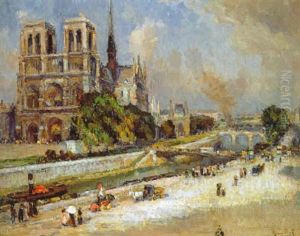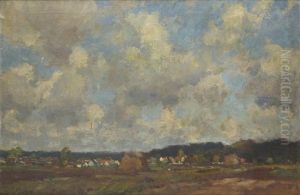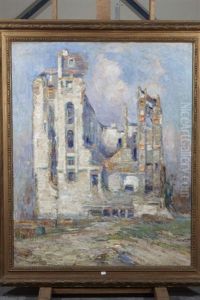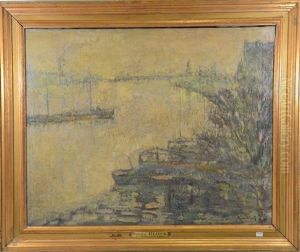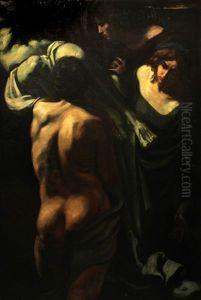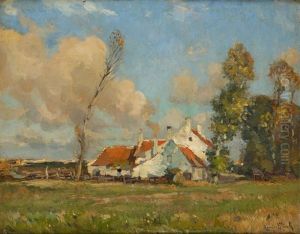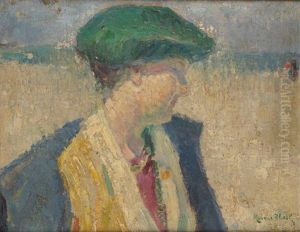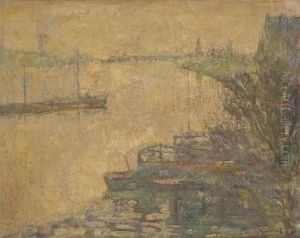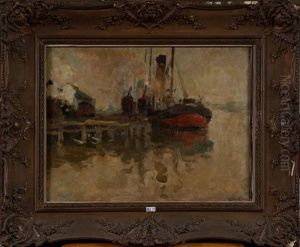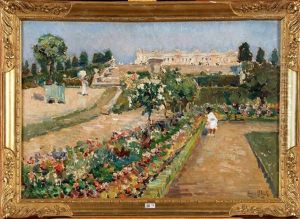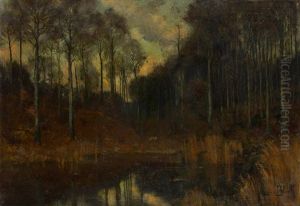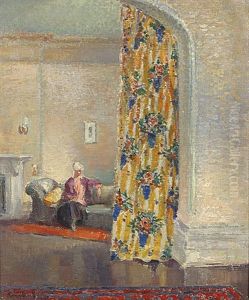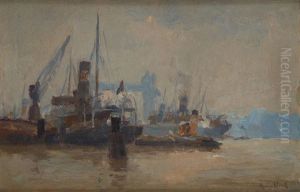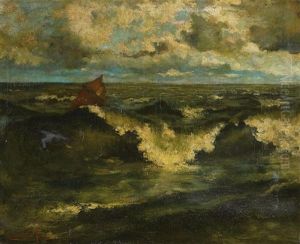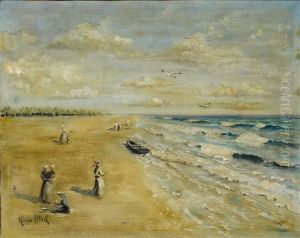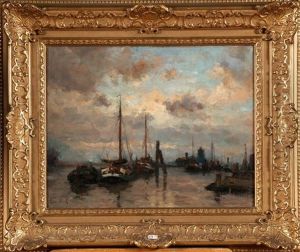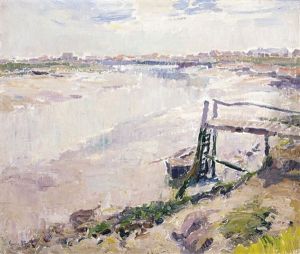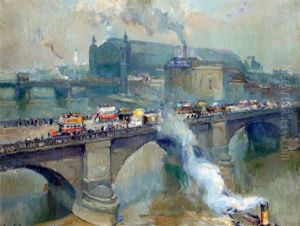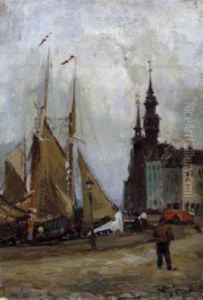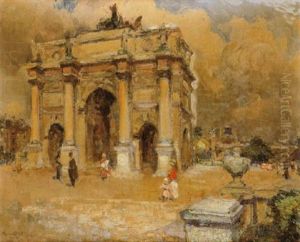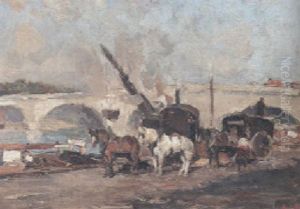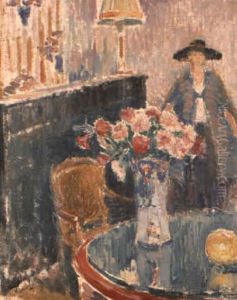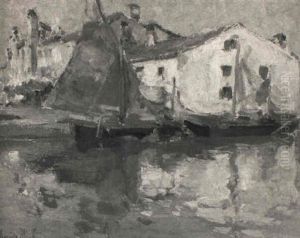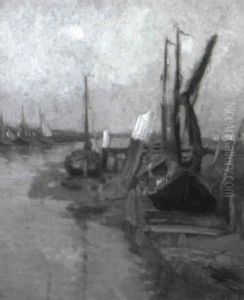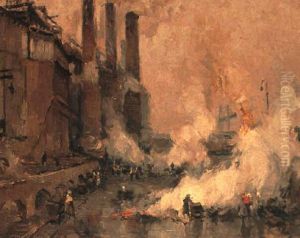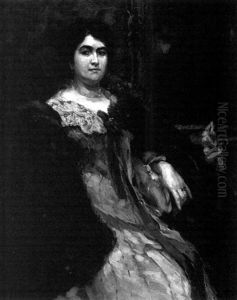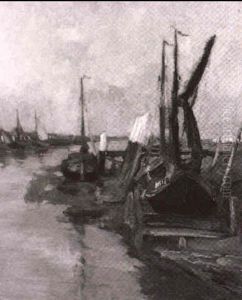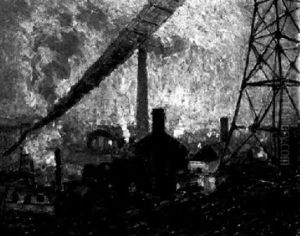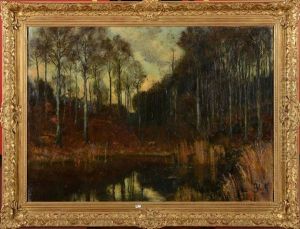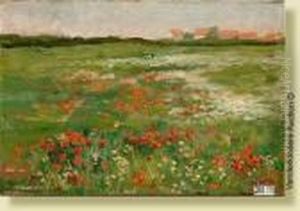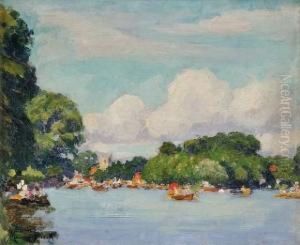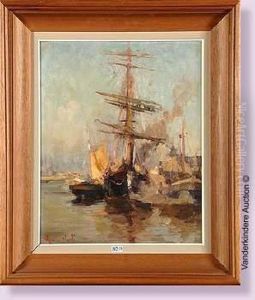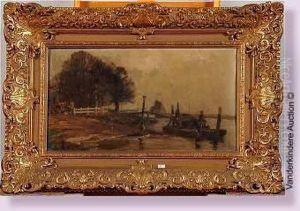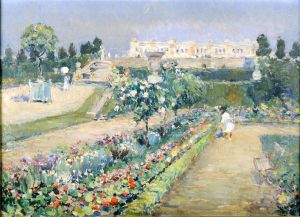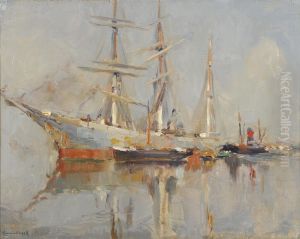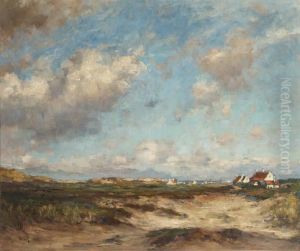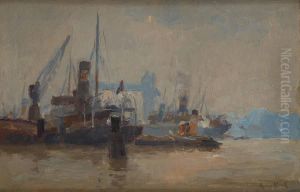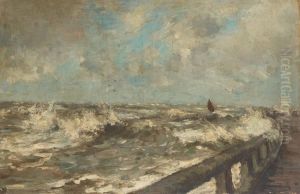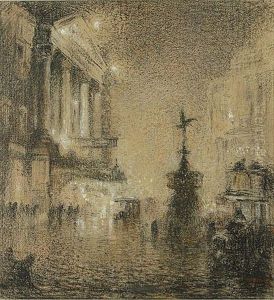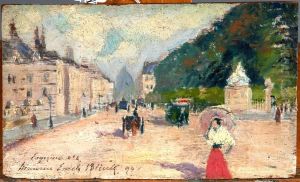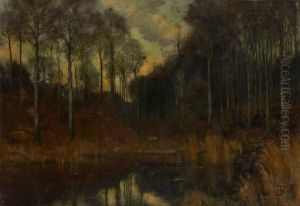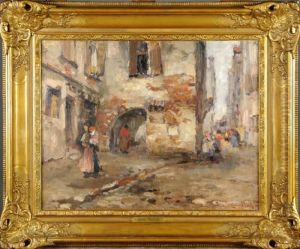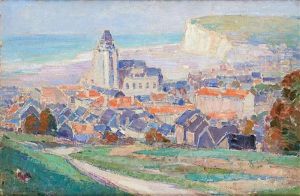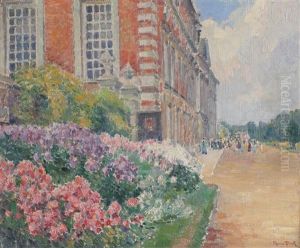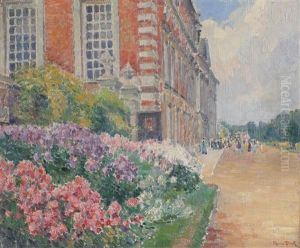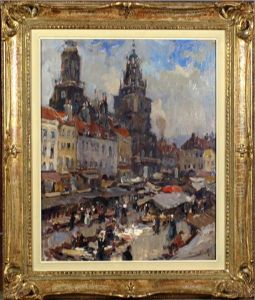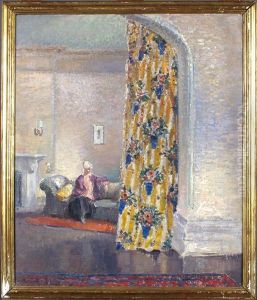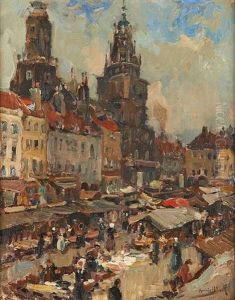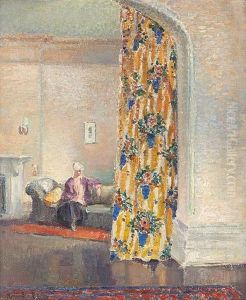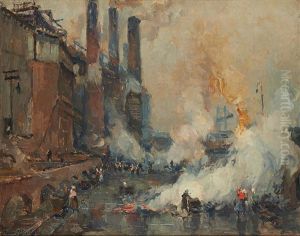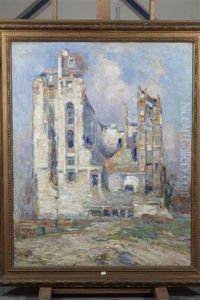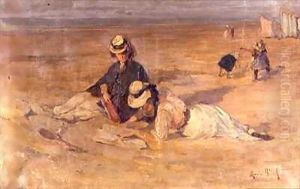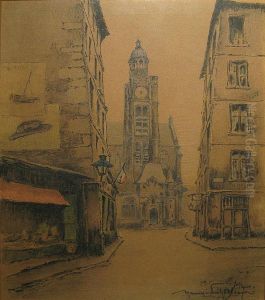Maurice Blieck Paintings
Maurice Blieck was a Belgian painter known for his contribution to the impressionist and post-impressionist movements of the early 20th century. Born in Brussels in 1876, Blieck showed an early talent for the arts and pursued his passion for painting at a young age. He studied at the Academy of Fine Arts in Brussels, where he was influenced by his teachers and the prevailing artistic trends of the time.
In the early stages of his career, Blieck's work was characterized by the use of bright, vivid colors and a focus on light and its effects on the environment. He captured scenes of daily life, urban landscapes, and the Belgian countryside with a sensitivity to the atmospheric conditions, much like the impressionists of France.
As he continued to develop his style, Blieck began to incorporate elements of post-impressionism into his work. This included a more structured approach to composition as well as the use of bold, often unnatural colors to convey emotion and atmosphere. His paintings during this period showed a strong sense of rhythm and dynamic brushwork, which contributed to the overall expressiveness of his art.
Despite his talent and the quality of his work, Blieck did not achieve widespread recognition during his lifetime. He worked primarily in Belgium, and his art was appreciated by a relatively small circle of collectors and fellow artists. However, posthumously, his paintings have gained more attention and are considered valuable examples of the impressionist and post-impressionist movements in Belgium.
Maurice Blieck's life was cut short when he died in 1922, at the age of 46. His body of work, although not vast, remains a testament to his skill and his unique interpretation of the impressionist and post-impressionist styles. Today, his paintings can be found in various art collections and museums, where they continue to be studied and admired for their beauty and historical significance.
